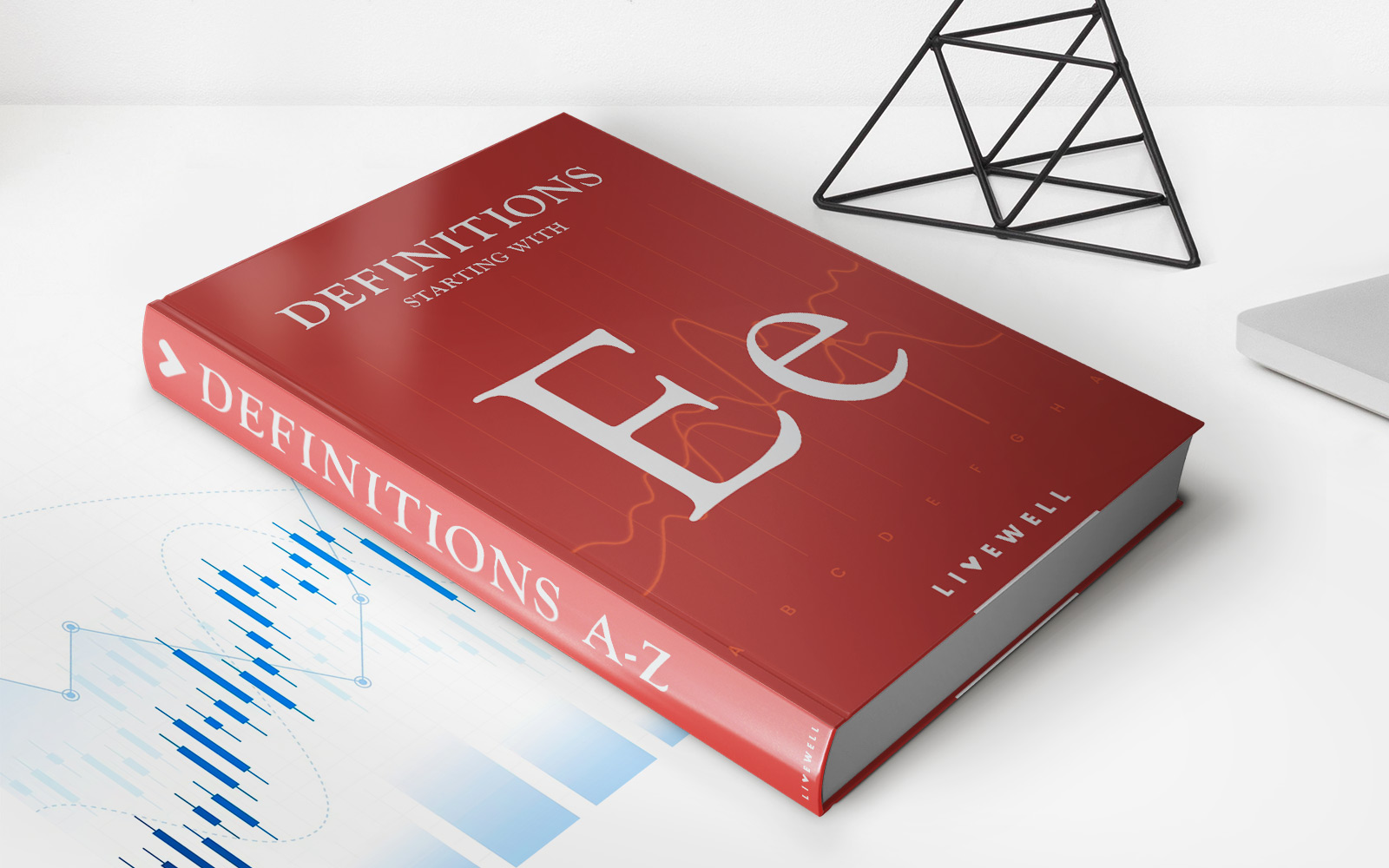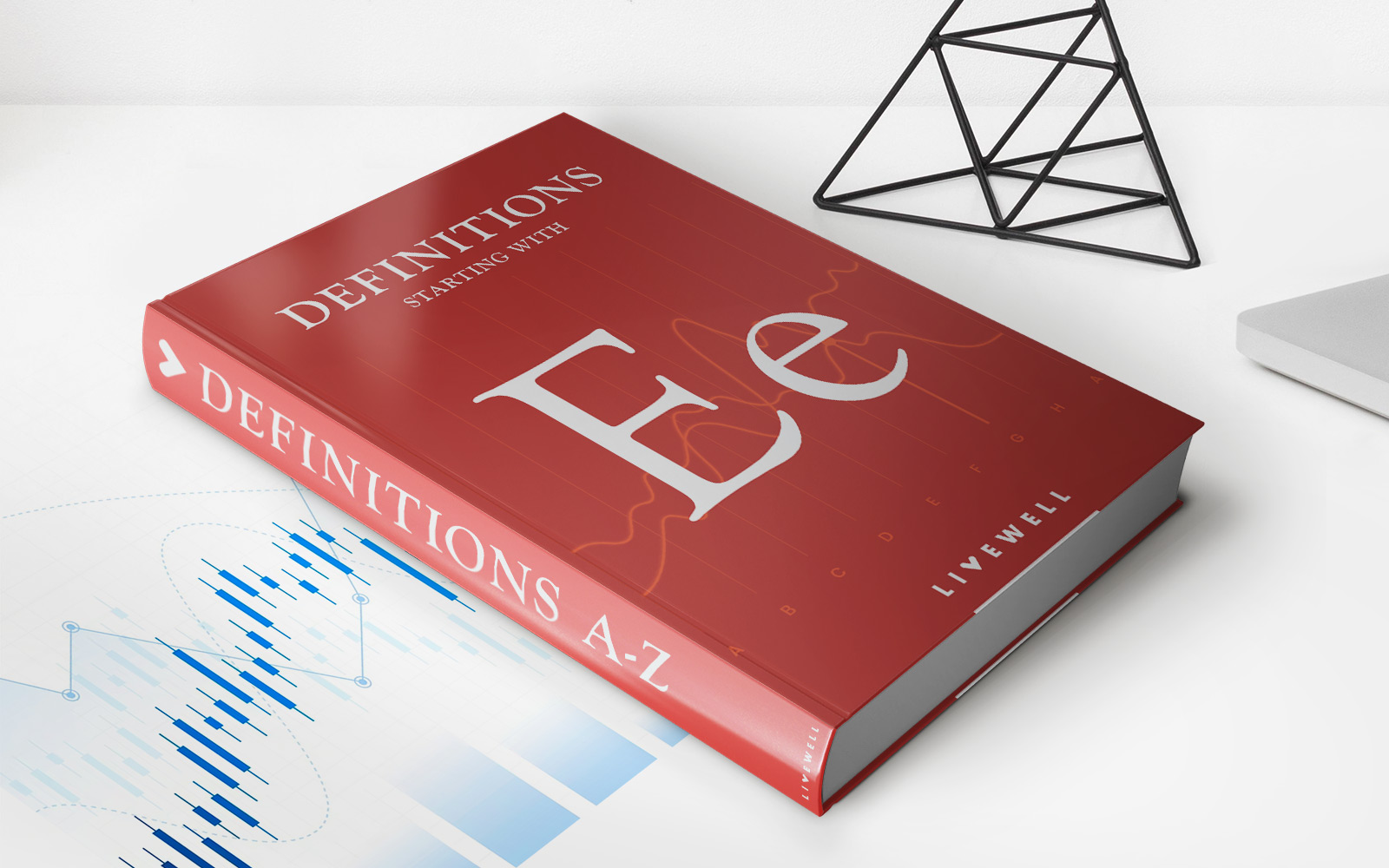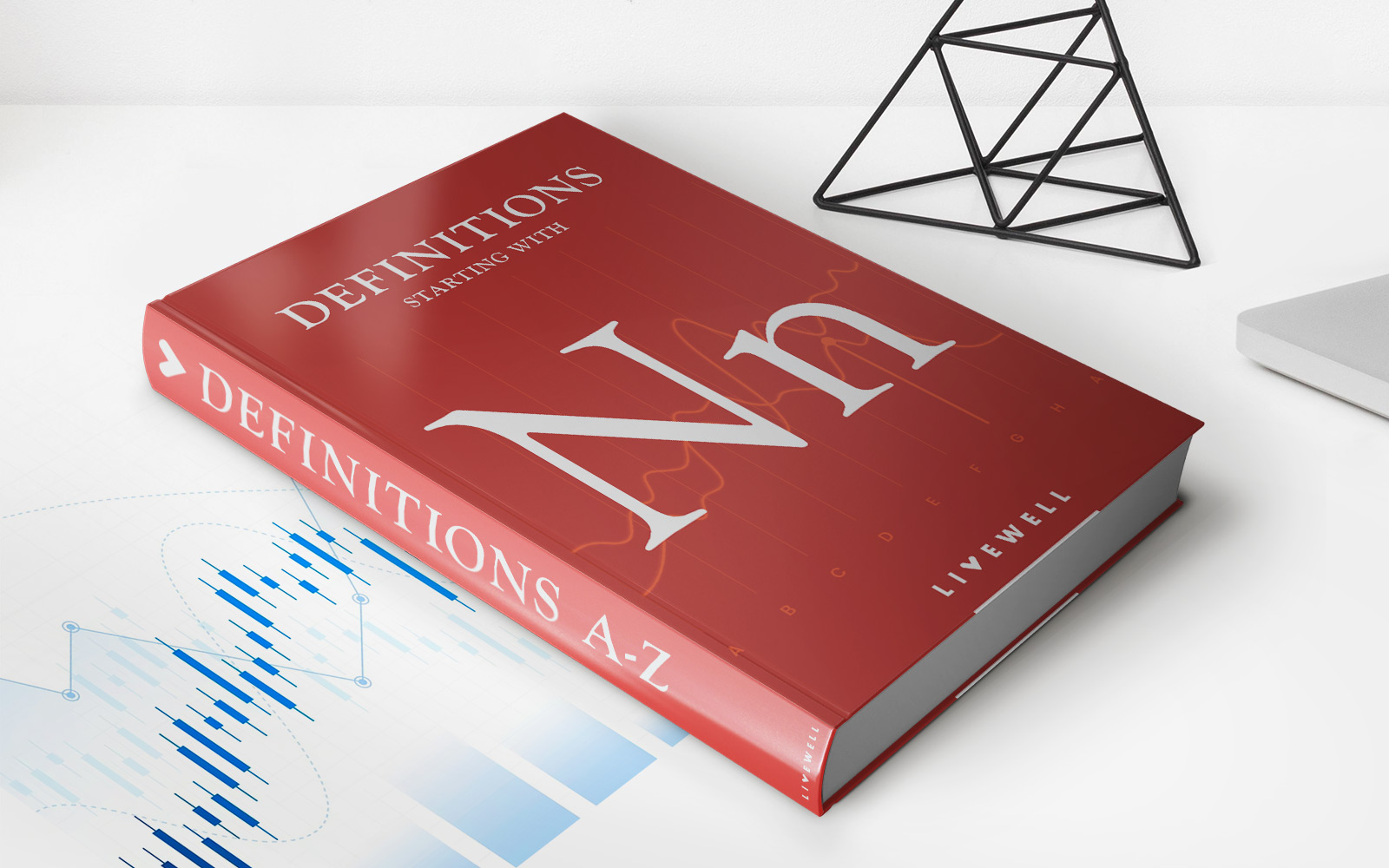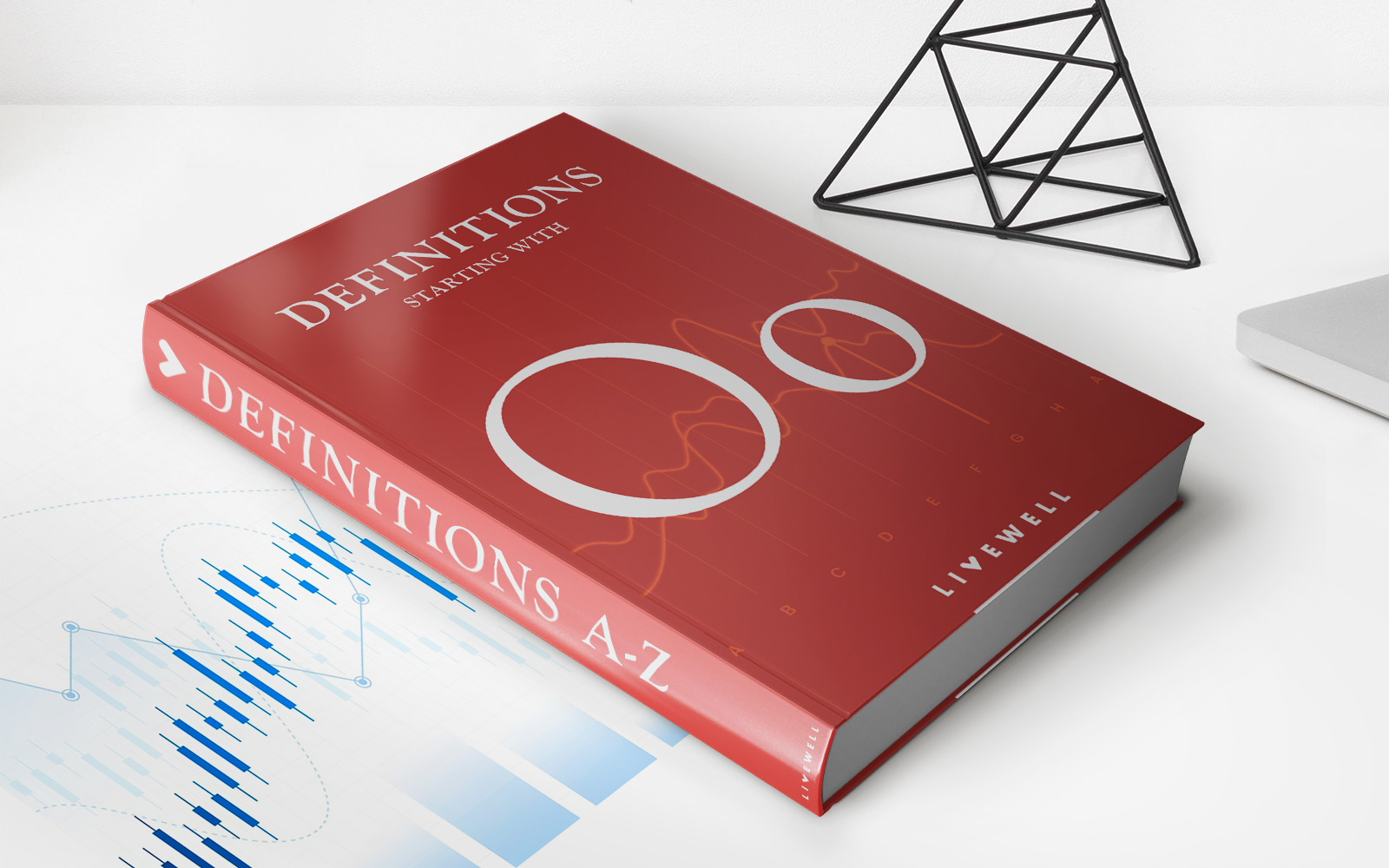

Finance
Equated Monthly Installment (EMI) Definition
Published: November 18, 2023
Looking for a clear definition of Equated Monthly Installment (EMI)? Explore our comprehensive guide on EMI and get your finance questions answered.
(Many of the links in this article redirect to a specific reviewed product. Your purchase of these products through affiliate links helps to generate commission for LiveWell, at no extra cost. Learn more)
What is an Equated Monthly Installment (EMI)?
In today’s world of personal finance, most of us rely on some form of credit to purchase the things we want or need. Whether it’s buying a car, purchasing a house, or even splurging on a dream vacation, credit allows us to make these purchases without having to pay the full amount upfront. However, it’s important to understand the financial commitment we are entering into when we opt for credit payments.
An Equated Monthly Installment (EMI) is a fixed amount of money that you need to pay each month towards repaying your loan or credit. It consists of two components – the principal amount borrowed and the interest charged by the lender. The EMI remains constant throughout the loan tenure unless there is a change in interest rates or the borrower chooses to prepay a part of the loan.
Key Takeaways:
- EMI is a fixed monthly payment that includes both the principal amount and the interest charged on a loan or credit.
- It helps borrowers manage their repayments by spreading the cost over a set period.
EMIs are commonly used for various types of loans, including housing loans, car loans, personal loans, and even credit card bills. Understanding how EMIs work is crucial for making informed financial decisions and planning your monthly budget effectively. Here’s a closer look at how EMIs are calculated:
How are EMIs calculated?
The EMI calculation involves three key factors:
- Principal Amount: This is the total amount of money lent or borrowed.
- Rate of Interest: This is the percentage charged by the lender on the loan amount.
- Loan Tenure: This refers to the period over which the borrower agrees to repay the loan.
By using a formula that takes into account these three factors, lenders calculate the EMI amount. The formula is as follows:
EMI = (P x R x (1+R)^N) / ((1+R)^N-1)
Where:
- P: Principal amount
- R: Monthly interest rate (annual interest rate divided by 12)
- N: Number of monthly installments
With the help of this formula, borrowers can calculate the EMI for their desired loan amount, interest rate, and tenure. This way, they can plan their finances accordingly and ensure they can comfortably repay the loan without any financial strain.
The Benefits of Understanding EMI
Now that we know what an EMI is and how it is calculated, let’s explore why it’s important to have a clear understanding of EMI:
- Budgeting: Knowing your EMI amount in advance allows you to plan your monthly budget effectively. You can allocate the necessary funds toward repaying your loan while ensuring you have enough money for other essential expenses.
- Comparison Shopping: When considering different loan options, understanding the EMI helps you compare the affordability of different loans. By comparing the EMI amounts of various lenders, you can choose the one that suits your financial situation best.
- Loan Repayment Planning: Understanding the EMI can help you strategize your loan repayment. You can decide whether you want to opt for a shorter tenure with higher EMIs or a longer tenure with lower EMIs to manage your monthly cash flow efficiently.
By being aware of the EMI and how it works, you can make informed financial decisions and avoid any potential risks of defaulting on loan payments.
Remember, it’s essential to carefully consider your financial situation and consult with a financial advisor before taking on any loans or credit commitments. Understanding the EMI is just one aspect of managing your personal finances effectively.
So, the next time you’re planning to take out a loan or use credit to make a purchase, take a moment to understand the Equated Monthly Installment (EMI) and make an informed decision that aligns with your financial goals.














